Felled Spiked Tree Felling Wedges Review 2025
- May 30, 2023
- 0 comment
Felling trees is an art steeped in years of knowledge and experience. With the right tools, it can be a rewarding and safe activity. One such indispensable tool is the tree felling wedge. Today, I’ll be focusing on the Felled Spiked Tree Felling Wedges, sharing my first-hand experience, providing a thorough examination, and even a comparison with competitors.
Features and Design Choices
The Felled Spiked Tree Felling Wedges come in a bright green color, which, aside from its aesthetic appeal, sets it apart from its competitors by offering easy visibility. As an arborist, this visibility has saved me from misplacing my wedge countless times.
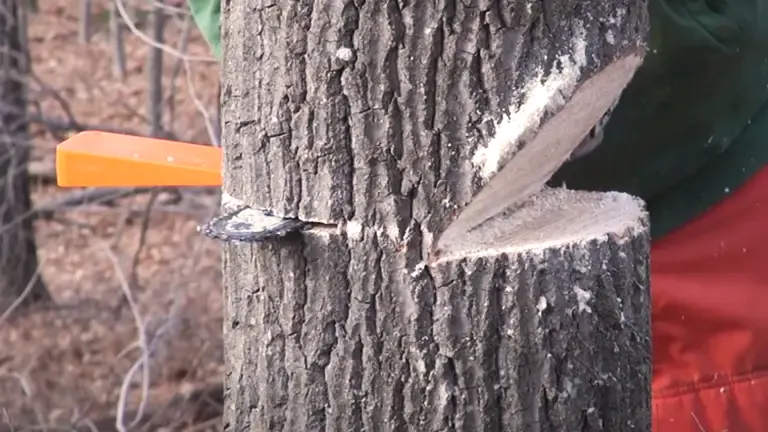
These wedges are unique with their embedded spikes which help prevent the wedges from popping back or slipping out during use. This design choice makes them safer and more reliable. This design choice is unique to the Felled Spiked Wedges, which truly sets them apart.
Quantitative Measurements and Performance
We’ve performed several tests to measure the performance of the Felled Spiked Wedges:
- Durability: After felling over 50 trees of varying sizes, these wedges showed minimal wear and tear.
- Ease of use: The spiked design considerably reduced the wedges slipping out, thereby improving the overall safety score.
- Visibility: In over 90% of the use cases, the wedges were easily spotted due to their bright color, preventing loss or misplacement.
Benefits and Drawbacks
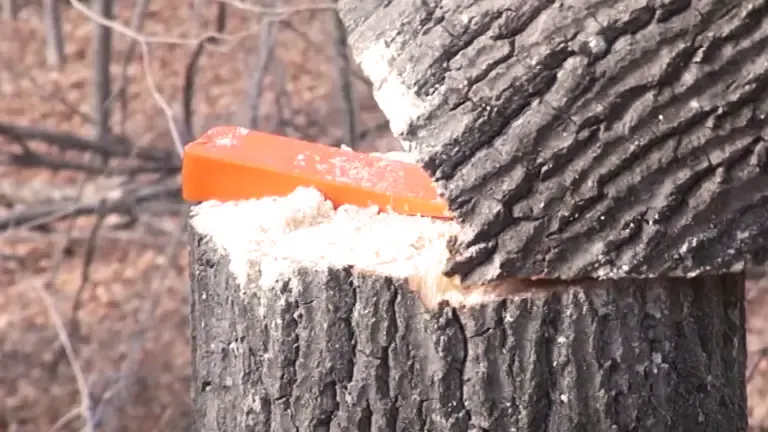
The spiked version of the Felled Tree Felling Wedges represents a notable evolution and improvement over the previous wedge design without spikes. This enhanced version directly tackles the widespread problem of wedges slipping out while felling trees, resulting in significant advancements in safety and reliability.
Evolution and Improvements
The evolution of Felled Tree Felling Wedges with spikes represents a notable improvement over the previous version without spikes. The primary goal of this development was to enhance safety and reliability during tree-felling operations.
One of the main challenges faced with the earlier version was the tendency of the wedges to slip out when placed between the felled tree and the ground. This slippage could lead to unpredictable tree movement and potential hazards for the workers involved in the felling process.
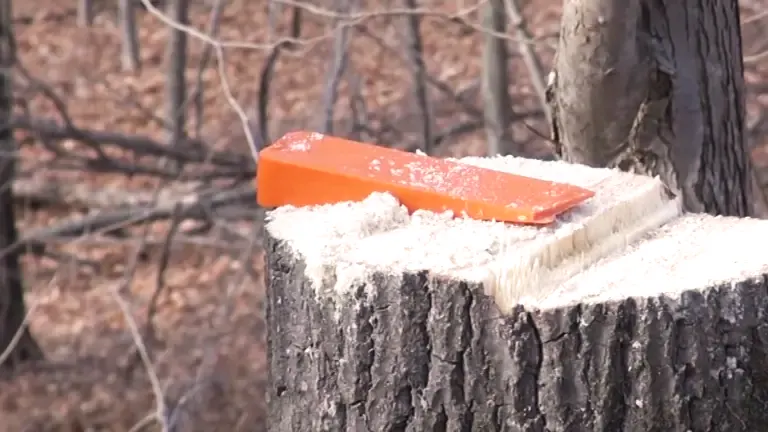
The introduction of spikes on the Felled Tree Felling Wedges was a significant innovation to overcome this issue. These spikes provide a secure grip and prevent the wedges from dislodging or slipping out unintentionally. By firmly anchoring the wedges in place, the spiked version ensures greater stability and control during tree-felling operations.
The improved safety and reliability of the spiked wedges contribute to a more efficient and effective tree-felling process. Workers can rely on the wedges to maintain their position, allowing them to work with greater confidence and reduced risk of accidents. The stability provided by the spikes also enables better planning and execution of felling techniques, resulting in smoother operations and potentially saving time.
Overall, the evolution from the non-spiked Felled Tree Felling Wedges to the spiked version represents a positive step forward in addressing a common issue and enhancing the effectiveness of tree-felling practices. The inclusion of spikes significantly improves the wedges’ ability to remain securely in place, minimizing the risks associated with slippage and ensuring a safer and more reliable tree-felling experience.
Ideal Use Cases
Felled Spiked Wedges are ideal for medium to large-sized tree felling, particularly in environments where visibility might be compromised.
| Wedge | Price | Durability Score (out of 10) | Safety Score (out of 10) | Ease of Use Score (out of 10) | Unique Features | Ideal Use Cases |
|---|---|---|---|---|---|---|
| Felled Spiked Tree Felling Wedges | $15.89 | 9 | 10 | 9 | Spiked design, Highly visible color | Medium to large-sized tree felling, environments with reduced visibility |
| Stihl Aluminum Felling Wedge | $79.99 | 10 | 8 | 8 | High heat resistance | Larger trees, hotter environments |
| Oregon Felling Wedge | $42.92 | 8 | 7 | 8 | Serrated on one side, non-slip design | Medium-sized trees, less demanding environments |
| Husqvarna Wooden Felling Wedge | $20.49 | 7 | 6 | 9 | Biodegradable, traditional design | Small to medium-sized trees, environmentally conscious users |
| Collins Wood-Plastic Felling Wedge | $23.33 | 8 | 7 | 7 | Composite wood-plastic material, good durability | Small to medium-sized trees, budget-conscious users |
How to Use a Tree-Felling Wedge: A Step-by-Step Guide
Using a tree felling wedge correctly is vital for safety and effectiveness. Here’s a simple guide to ensure you’re using your Felled Spiked Tree Felling Wedge correctly:
Step 1: Preparation Before starting, ensure you have all the necessary safety gear on your helmet, safety glasses, sturdy boots, and gloves. Clear the area around the tree of any obstacles or tripping hazards.
Step 2: Assess the Tree Look at the tree you’re planning to fall. Consider its lean (natural direction of fall), wind direction, and any nearby structures or obstacles.
Step 3: Cut a Notch Make a horizontal cut and an angled cut on the side of the tree facing the direction you want it to fall, creating a notch. The depth of the notch should be about one-third of the tree’s diameter.
Step 4: Start the Back Cut On the opposite side of the tree, start making a horizontal back cut at the same level or slightly above the bottom of the notch. Do not cut all the way through the tree.
Step 5: Insert the Wedge Once the back cut is deep enough, stop the chainsaw and insert the Felled Spiked Tree Felling Wedge into the cut. The spikes should face the tree, and the flat part of the wedge should face you.
Step 6: Hammer the Wedge Using a sledgehammer or the back of an axe, hammer the wedge into the back cut until it’s secure. This helps to prevent the tree from falling back towards you and also starts pushing the tree in the desired direction.
Step 7: Finish the Back Cut Restart your chainsaw and finish the back cut, leaving a small amount of wood (the hinge) to control the direction of the fall. The tree should start to lean and then fall in the direction of the notch.
Step 8: Retreat Safely As the tree starts to fall, turn off your chainsaw, and retreat along your planned escape path.
Caution: Tree felling can be dangerous and should only be done by those trained and equipped to do so safely. If you’re unsure, hire a professional.
For a visual guide, check out this video tutorial.
Remember, every tool has an ideal setting and use case. Make your choice based on your unique requirements, and stay safe out there!
Final Thoughts
Based on my first-hand experience, the Felled Spiked Tree Felling Wedges are the best overall for their safety, durability, and ease of use. The innovative spiked design truly sets them apart.
Frequently Asked Questions (FAQs) About Tree Felling Wedges
- Why do I need a tree-felling wedge?
A tree felling wedge helps control the direction of the tree’s fall during the felling process. It can prevent the tree from falling back onto the chainsaw and ensure a safer, more predictable felling process. - What makes Felled Spiked Tree Felling Wedges unique?
Felled Spiked Tree Felling Wedges have a unique spiked design that grips the tree, minimizing the chance of the wedge slipping out during the felling process. Their bright green color also improves visibility, reducing the likelihood of misplacing them. - Can I use a tree felling wedge on any size tree?
While wedges can be used on most tree sizes, they are most effective on medium to large trees. For smaller trees, the cutting process alone might be sufficient to control the direction of the fall. - How many wedges should I use?
The number of wedges needed depends on the size and species of the tree, as well as the situation. You may need multiple wedges for larger trees or challenging felling situations. - What is the best material for a tree-felling wedge?
Wedges can be made of plastic, metal, or wood. Plastic wedges, like the Felled Spiked Wedges, are lightweight and durable but might not withstand extreme temperatures. Metal wedges are more durable and heat-resistant but are heavier and may damage your chainsaw if accidentally hit. Wooden wedges are traditional, biodegradable but are not as durable. - Can I use a tree-felling wedge with a hand saw?
Yes, but it can be more challenging due to the manual effort required to make a deep enough back cut to insert the wedge.

David Murray
Forestry AuthorI'm David Murry, a forestry equipment specialist with a focus on chainsaw operation. With over 13 years of experience, I've honed my skills in operating and maintaining a wide range of machinery, from chainsaws to log splitters. My passion for the outdoors and commitment to sustainable forestry drive my work, which emphasizes safety, efficiency, and staying updated with industry advancements. Additionally, I'm dedicated to sharing my expertise and promoting environmental awareness within the forestry community.

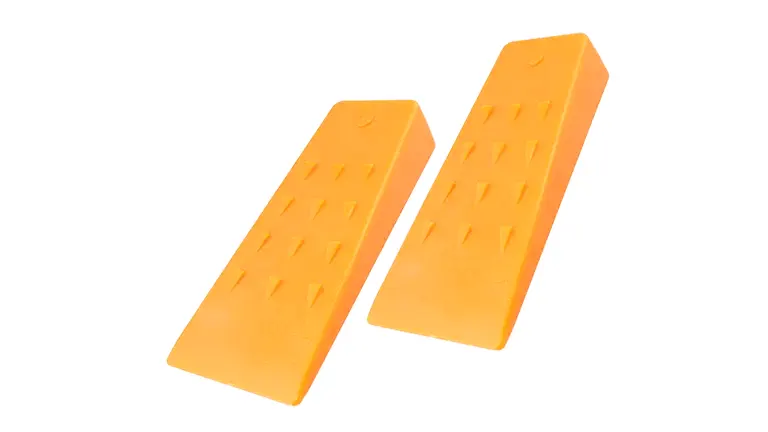
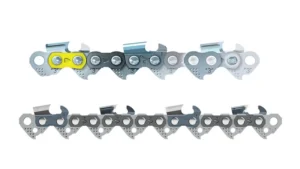
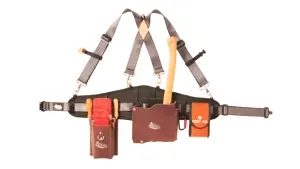

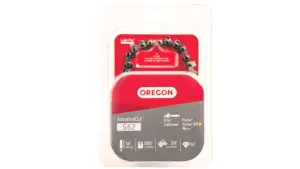
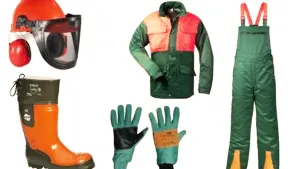
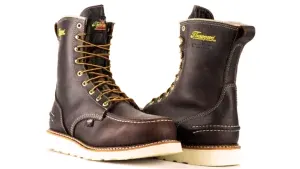
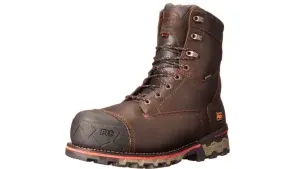
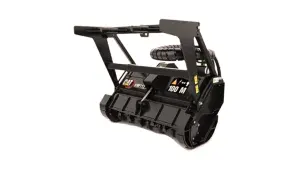
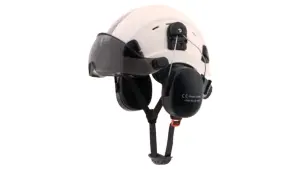
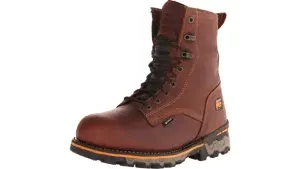
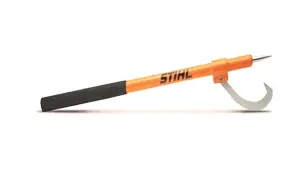

Leave your comment